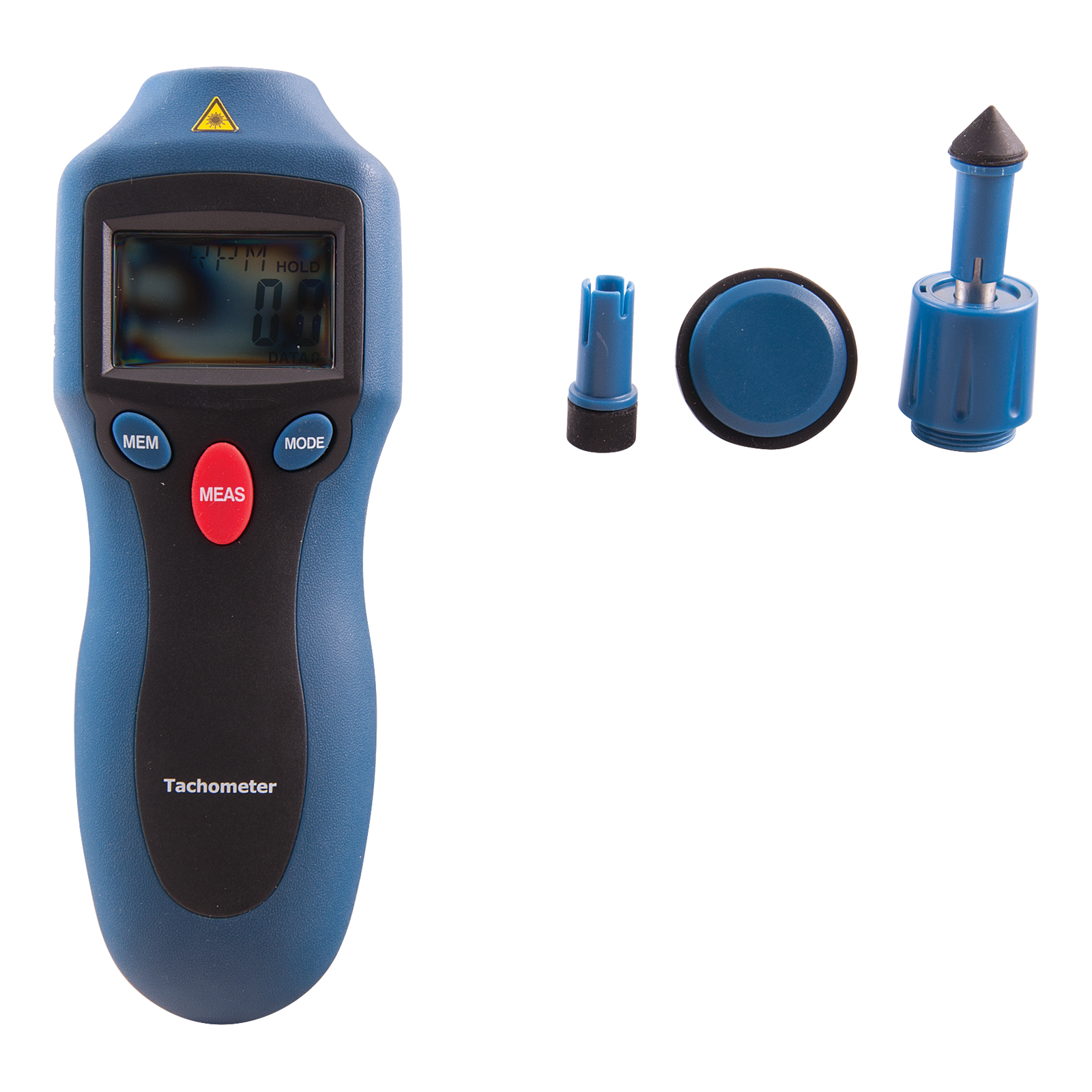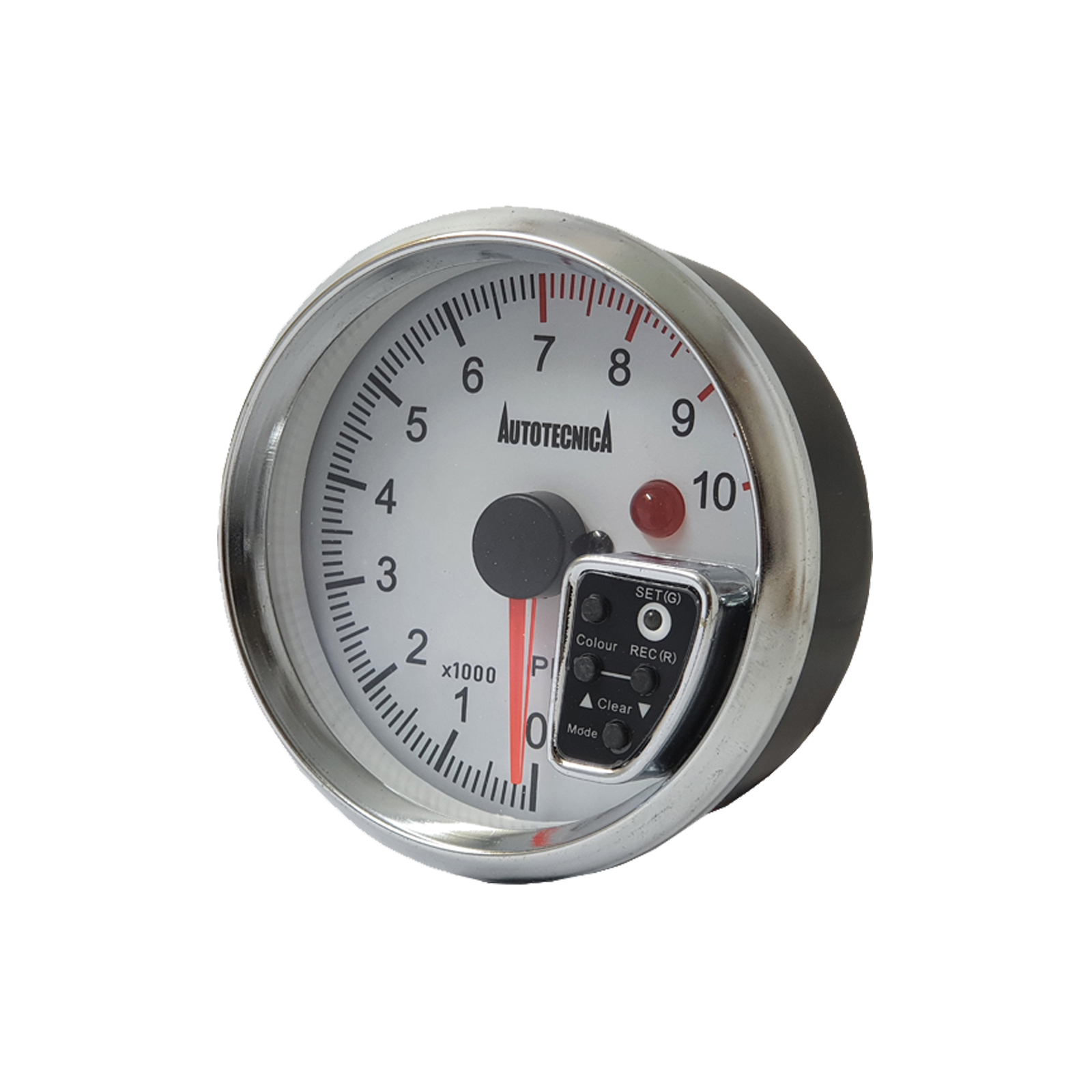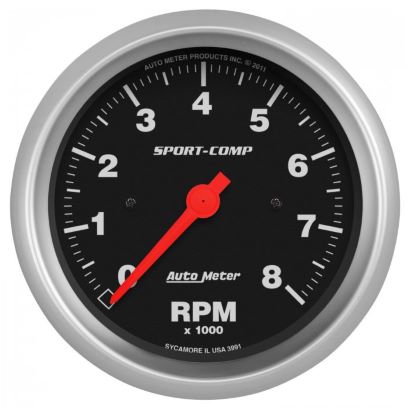Tachometer Buying Overview: Features to Seek and Best Brands
Tachometer Buying Overview: Features to Seek and Best Brands
Blog Article
The Value of a Tachometer in Keeping An Eye On Engine Speed and Efficiency in Automotive Applications
In the realm of vehicle engineering, the tachometer stands as a crucial tool in the driver's collection, offering a straight window into the internal workings of a lorry's engine. Beyond its feature as a mere gauge of changes per minute (RPM), the tachometer acts as a vital tool for lovers and professionals alike, providing real-time understandings into engine performance and wellness. Comprehending the significance of this gadget surpasses surface-level observations, delving right into the detailed relationship in between engine rate, power result, and overall driving experience. As we check out the complex duty of the tachometer in automotive applications, a much deeper admiration for its effect on lorry dynamics and efficiency begins to arise.
Importance of Keeping Track Of Engine RPM
Keeping an eye on engine RPM, or transformations per minute, is a crucial element of vehicle maintenance and performance assessment. Engine RPM directly correlates with the rate at which the engine's crankshaft revolves, indicating just how promptly the engine is running - tachometer. By checking RPM, technicians can examine the health and wellness of the engine, discover prospective issues, and fine-tune performance. An unusual RPM analysis may signal problems such as engine misfires, malfunctioning ignition system, or issues with the fuel distribution system. Constantly high RPM readings could indicate aggressive driving behaviors or the demand for a higher gear change to enhance fuel performance.
Additionally, checking engine RPM is vital for performance assessment in auto racing and high-performance vehicles. In summary, keeping an eye on engine RPM is not just vital for spotting issues but likewise for optimizing engine performance in different auto applications.

Advantages of Real-Time Data
In vehicle applications, real-time information plays an important duty in providing instant insights into the performance and condition of the car. By constantly keeping track of different specifications such as engine speed, temperature, fuel usage, and much more, real-time data supplies various benefits that add to improved effectiveness and safety and security when traveling.
One significant benefit of real-time information is its ability to sharp chauffeurs and technicians to any abnormalities or concerns immediately. This positive technique allows quick recognition of possible issues, enabling for prompt treatments to stop more damages or break downs. In addition, real-time information promotes performance optimization by providing prompt comments on driving routines and engine effectiveness. Motorists can change their actions in real-time based upon this info to attain far better try this website gas economic situation and prolong the life expectancy of their vehicle.

Additionally, real-time data plays a vital function in modern-day auto diagnostics, making it possible for specialists to quickly diagnose and address malfunctions. This brings about reduced downtime, reduced upkeep prices, and inevitably, see boosted overall vehicle dependability and durability (tachometer). By utilizing the power of real-time data, automobile stakeholders can make enlightened choices that favorably impact both the efficiency and longevity of the lorry
Effect On Gear Shifts
The tachometer plays a vital role in maximizing gear shifts by providing real-time engine speed information to the motorist. When approaching the redline on the tachometer, it indicates the vehicle driver to upshift to stop over-revving the engine and causing possible damage.
Furthermore, the tachometer aids in achieving smoother equipment changes, specifically in hand-operated transmissions. By keeping track of engine rate, vehicle drivers can execute gear shifts at the optimal RPM array, lowering jerking activities and minimizing wear on the transmission elements. This accuracy on duty modifications not just enhances driving comfort however additionally adds to fuel effectiveness.
Enhancing Gas Efficiency
Given the crucial function the tachometer plays in maximizing gear shifts for efficiency and engine health, it straight adds to maximizing fuel effectiveness in automobile applications. By giving real-time feedback on engine rate, the tachometer aids drivers in preserving one of the most efficient RPM range for fuel economic climate. When motorists regularly monitor the tachometer and change their driving habits appropriately, they can avoid unneeded gas intake caused by over-revving or lugging the engine.
Moreover, the tachometer assists motorists recognize the most fuel-efficient equipment to be in at any type of given moment, click here for info preventing the engine from working harder than essential. In conclusion, the tachometer offers as a valuable device in enhancing fuel performance by advertising ideal driving habits and determining locations for renovation in the car's efficiency.

Making The Most Of Engine Long Life
The tachometer's function in monitoring engine rate and performance is instrumental in ensuring the longevity of vehicle engines. Checking the tachometer enables drivers to remain within the recommended RPM range for their car, stopping unneeded pressure on the engine and expanding its life-span.

Final Thought
To conclude, the tachometer plays a critical function in keeping track of engine rate and efficiency in automobile applications. By supplying real-time information on RPM, it enables effective gear changes, boosted fuel efficiency, and maximized engine longevity. This device is vital for keeping optimal engine efficiency and making certain the general capability of a lorry.
Report this page